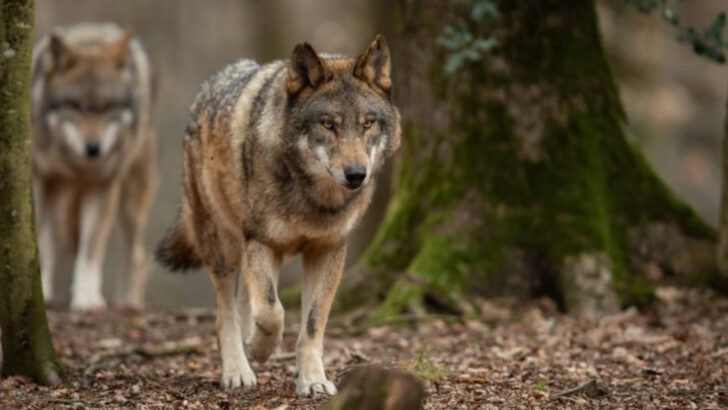They’re back—and not everyone is thrilled. Once driven out by fear and bullets, wolves are quietly returning to their old stomping grounds across the U.S., one pawprint at a time. From mountain ridges to forest edges, these apex predators are sneaking back into landscapes where they haven’t howled in decades. Some people cheer their return. Others brace for conflict. Ranchers worry about livestock. Conservationists celebrate ecological balance. And in the middle? The wolves—doing what wolves do. So where are these four-legged legends reclaiming territory? And why does their comeback spark such heated debate? Let’s head into the wild and meet the 13 states caught in the middle of a growing howlstorm.
Idaho
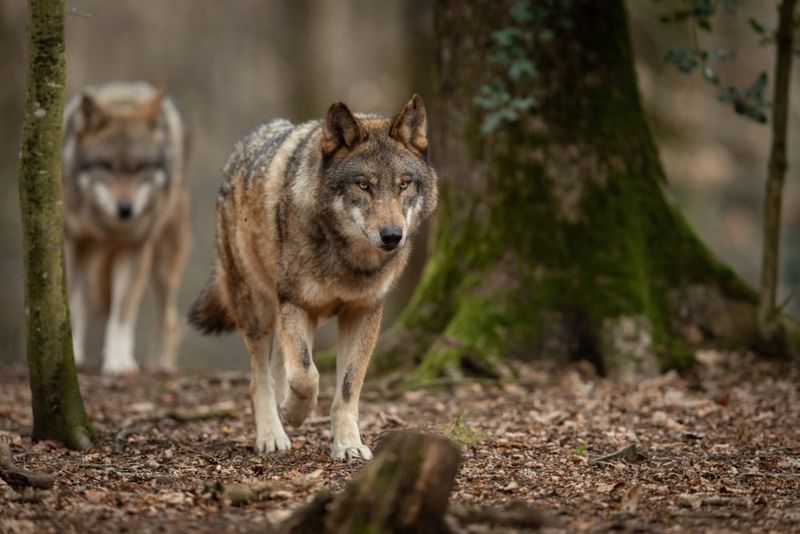
In the vast, untamed wilds of Idaho, gray wolves roam freely in numbers surpassing 1,500. These majestic creatures have been a part of Idaho’s ecosystem since their reintroduction in the 1990s. They thrive in the rugged landscapes, carving a niche for themselves amidst the wilderness.
Their presence is a testament to successful conservation efforts, yet it also sparks debate among locals. Ranchers express concerns over livestock safety, while conservationists admire the ecological balance wolves bring. Their return symbolizes both a triumph and a challenge for Idaho’s wildlife management.
Montana
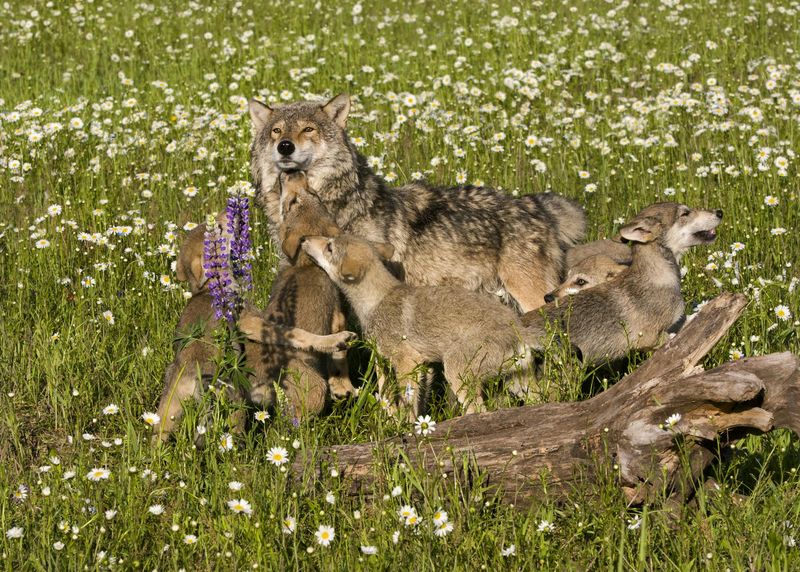
Montana’s prairies and forests echo with the howls of about 150 wolf packs. These wolves have woven themselves into the fabric of the land, thriving in diverse habitats that span from wide-open prairies to dense woodlands.
The state manages these packs through strategic partnerships with ranchers, aiming to mitigate conflicts and promote coexistence. While some hail them as guardians of natural ecosystems, others view them as threats to livelihoods. Montana’s wolves are emblematic of the ongoing tension between conservation and agricultural interests.
Wyoming
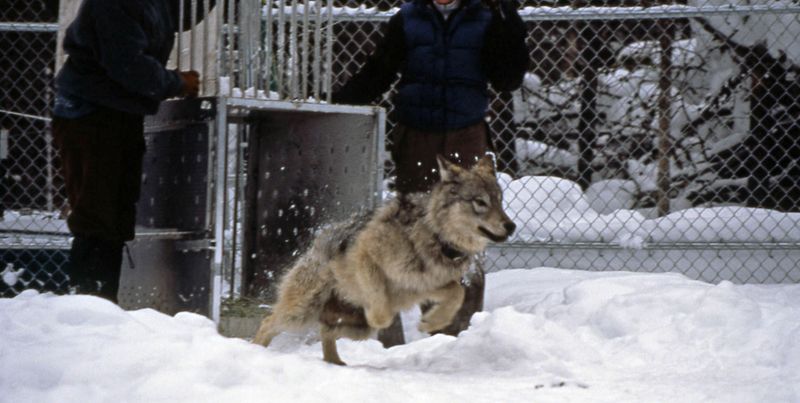
In Wyoming, the reintroduction of wolves to Yellowstone National Park stands as an iconic example of wildlife restoration. From here, these wolves have expanded their range into surrounding areas, contributing to a statewide population of around 300.
Their presence in Wyoming revitalizes the natural ecosystem, fostering biodiversity and ecological balance. However, challenges persist as ranchers express concerns over predation on livestock. The state’s wildlife management faces the delicate task of balancing ecological benefits with economic impacts.
Washington
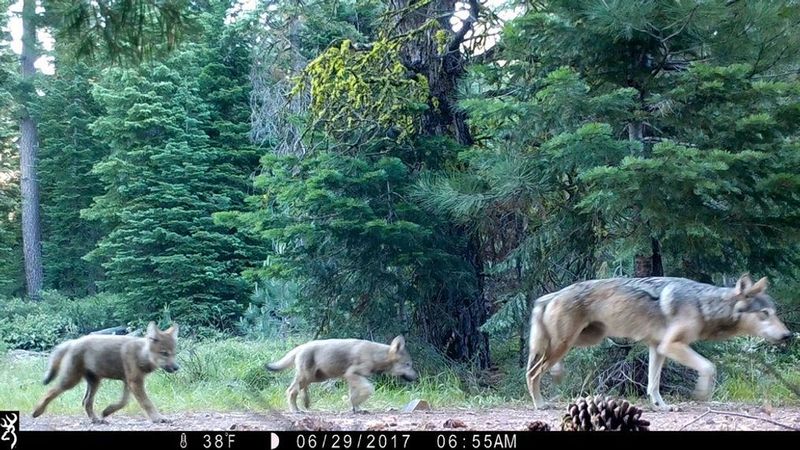
Over 30 wolf packs roam Washington’s Cascade Range and northeastern regions. These wolves thrive through innovative management strategies that involve partnerships with ranchers to minimize conflicts.
Their comeback story is one of cooperation and adaptation, reflecting a broader shift towards sustainable wildlife management. While their presence is lauded for enhancing biodiversity, it also challenges traditional farming practices. Washington’s wolf packs symbolize a complex dance of nature and human interests.
Oregon
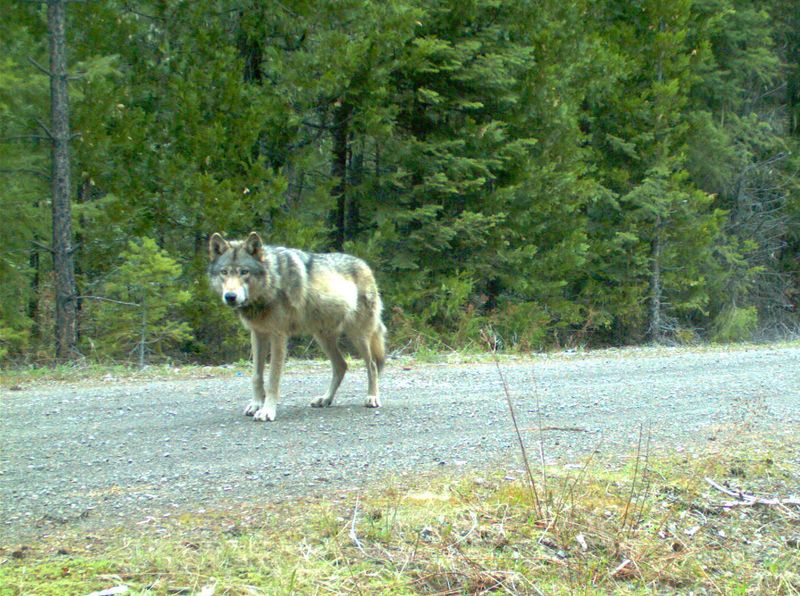
The story of Oregon’s wolves began with the remarkable journey of OR-7 in 2011, sparking a wider return across the state. Today, wolves occupy eastern regions and gradually make their way westward, thriving in diverse habitats.
Their expansion reflects the adaptability and resilience of these creatures, but it also stirs concerns among rural communities. Balancing ecological benefits with the interests of local residents remains a critical focus in Oregon’s wildlife management strategies. Wolves in Oregon are a symbol of nature’s enduring spirit.
California
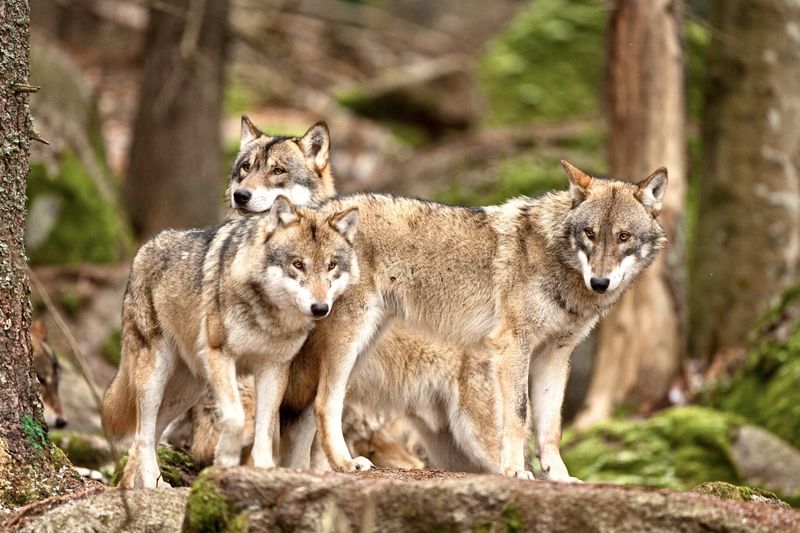
Since 2011, California has witnessed the re-emergence of wolves, with ten packs now confirmed across northern regions and the Sierra Nevada mountains. These wolves mark a significant return, highlighting California’s efforts in conservation.
Their presence demands careful management to address both ecological and agricultural concerns. As wolves reclaim their territory, they bring hope for restored biodiversity but also spark debates over livestock protection. California’s wolves are a testament to the state’s commitment to wildlife restoration.
Wisconsin
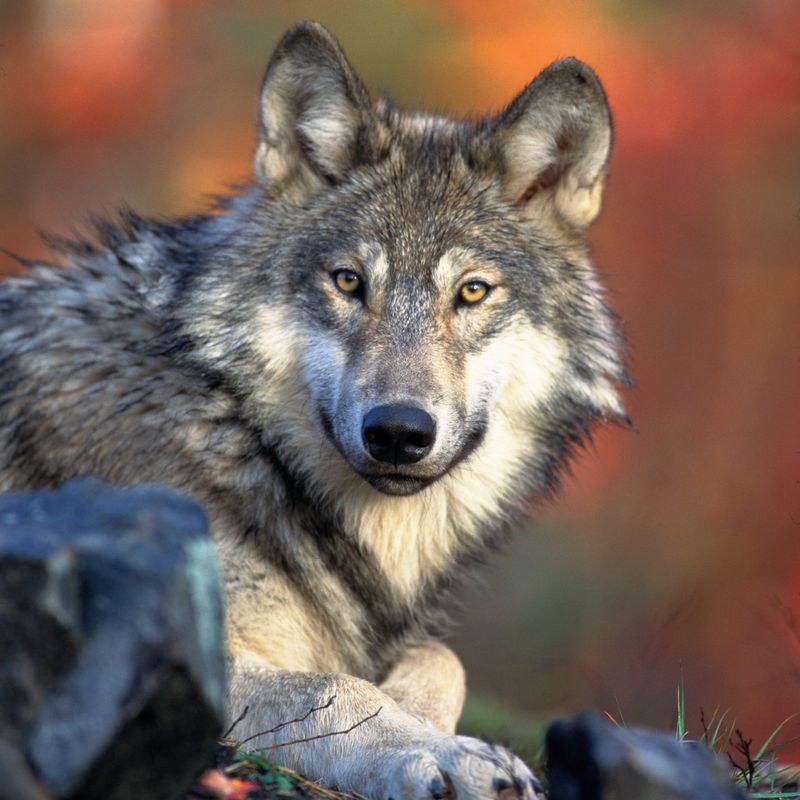
Wisconsin’s forests are alive with the resurgence of wolves, rebounding to approximately 1,000 since their reintroduction in the 1970s. These wolves reclaim their place in the ecosystem, playing a vital role in maintaining ecological balance.
Their return is celebrated by conservationists, yet it also raises alarm among farmers worried about livestock predation. The state’s commitment to wolf management is crucial in navigating these complex dynamics. Wisconsin’s wolves are symbols of resilience and the ongoing journey towards cohabitation.
Minnesota
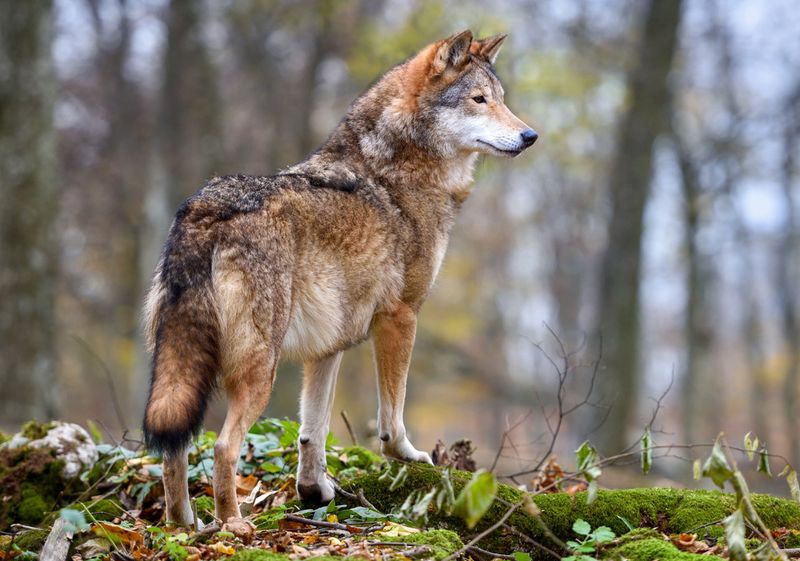
Minnesota is home to the largest wolf population east of the Mississippi River, with around 2,700 wolves traversing its vast forests. These wolves are a cornerstone of Minnesota’s natural heritage, embodying the state’s commitment to wildlife conservation.
Their presence enhances biodiversity and supports healthy ecosystems, yet it also poses challenges for local farmers. The balance between ecological benefits and agricultural interests remains a focal point in Minnesota’s wildlife management efforts. Wolves in Minnesota are icons of natural preservation and coexistence.
Michigan
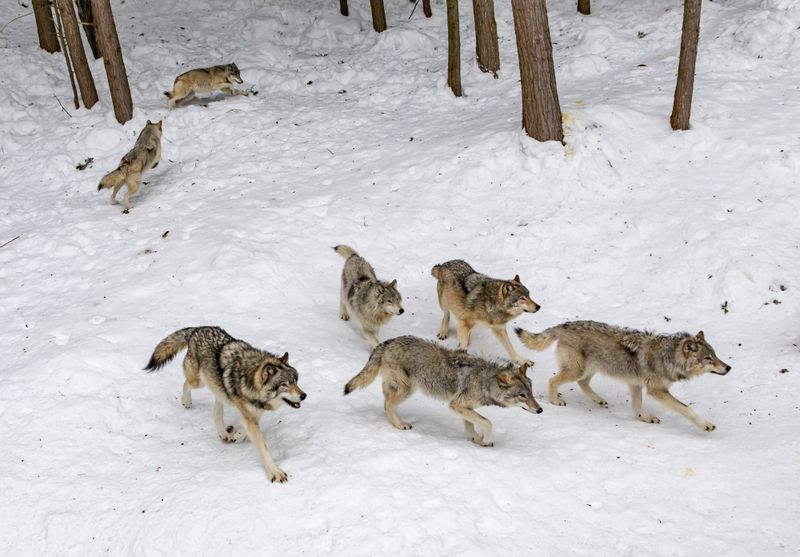
In the heart of Michigan’s wilderness, approximately 762 wolves thrive, including a unique, isolated pack on Isle Royale. These wolves are a vital part of Michigan’s ecological tapestry, contributing to the balance of natural environments.
Their presence underscores the challenges and triumphs of wildlife management, as conservationists work to ensure their survival amidst diverse landscapes. The Isle Royale pack, in particular, encapsulates the spirit of isolation and resilience. Michigan’s wolves are a blend of mystery and ecological significance.
Colorado
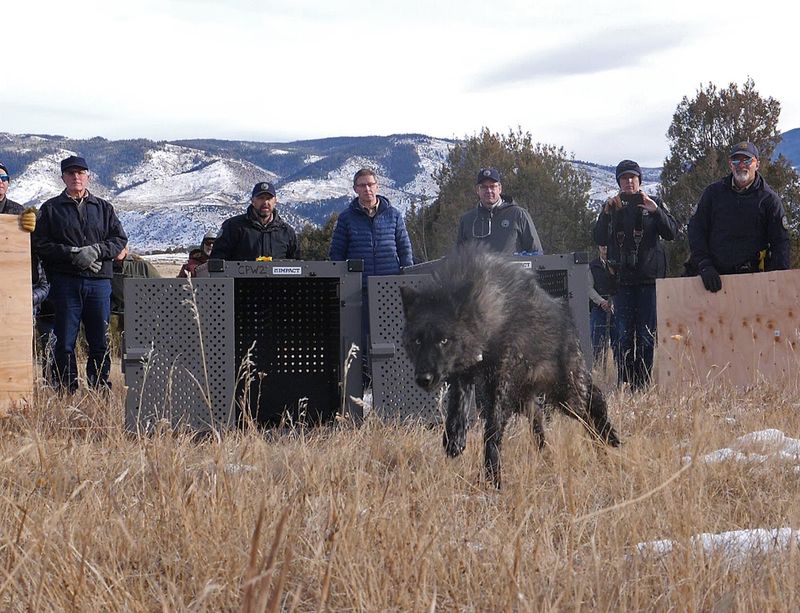
Colorado is in the midst of an ambitious reintroduction program, with 15 wolves added to its landscapes in early 2025. This initiative marks a significant step in restoring the state’s natural ecosystems and biodiversity.
The reintroduction sparks excitement among conservationists and concern among ranchers, highlighting the delicate balance between ecological restoration and economic interests. Colorado’s wolves symbolize a new chapter in wildlife management, where collaboration and adaptation are key.
Their presence promises ecological benefits while challenging traditional land use practices.
Arizona
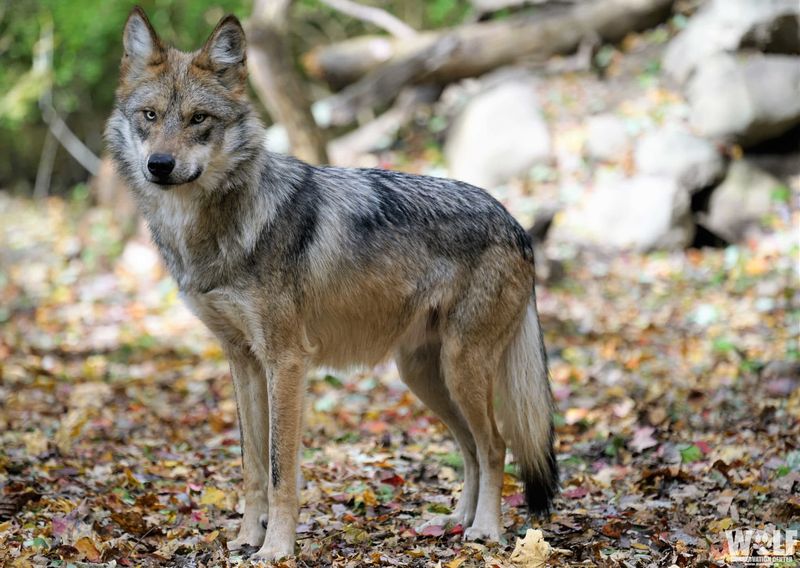
Arizona’s wilderness echoes with the calls of Mexican gray wolves, expanding steadily in the Apache–Sitgreaves region. These wolves, with approximately 40 packs, are at the heart of ongoing conservation efforts.
Their resurgence reflects the success of restoration initiatives, yet it also raises concerns over human-wolf interactions. The balance between preserving biodiversity and addressing rancher apprehensions remains a focal point. Arizona’s Mexican gray wolves are a testament to the possibilities of coexistence and ecological restoration.
New Mexico
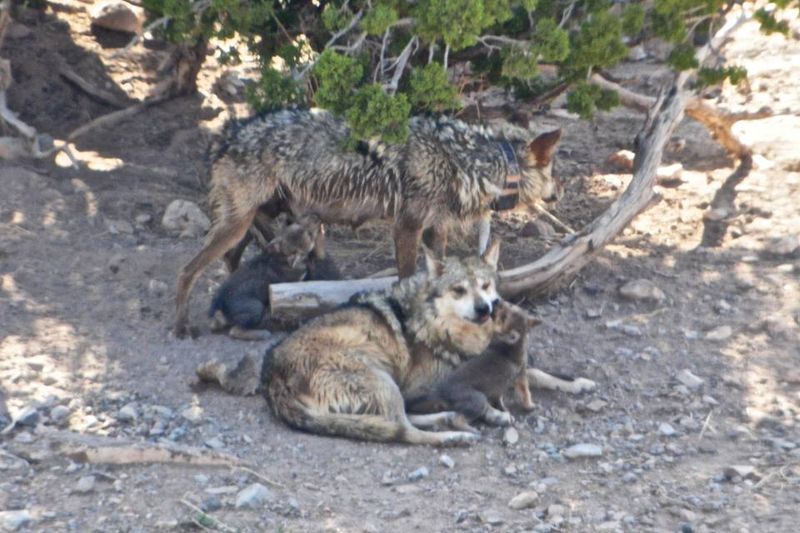
In the lush expanses of New Mexico’s Gila Forest, Mexican wolves are making a remarkable comeback. The state’s restoration efforts focus on enhancing biodiversity and restoring natural predator-prey dynamics.
Their presence is a beacon of hope for conservationists, while ranchers remain wary of potential conflicts. The challenge lies in fostering coexistence, ensuring that wolves and human communities can thrive together. New Mexico’s wolves are emblematic of the delicate dance between restoration and rural interests.
North Carolina
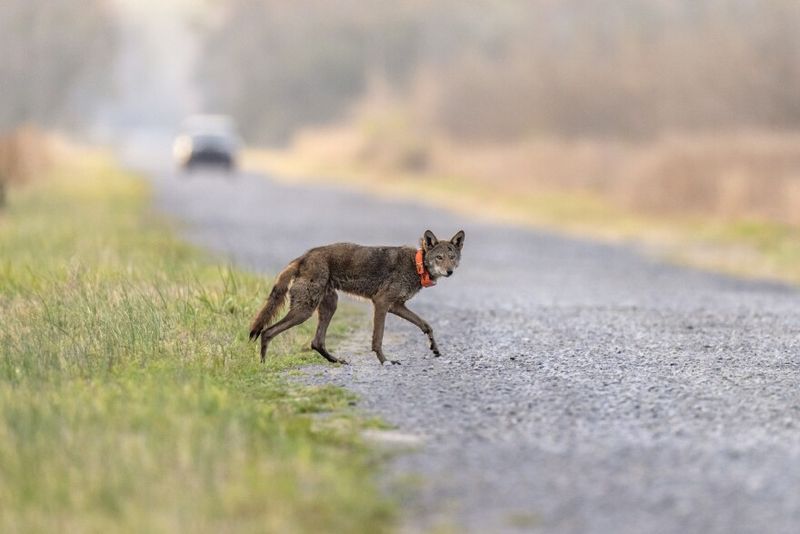
North Carolina is home to the rare red wolf, a distinct species restored to the Alligator River Refuge. About 20 wild individuals roam this protected area, symbolizing a critical effort in species preservation.
Their survival is a testament to dedicated conservation strategies, aimed at reviving one of the world’s most endangered canids. Yet, their presence also sparks debates over land use and ecological priorities. North Carolina’s red wolves are symbols of rarity and hope in the realm of wildlife conservation.

